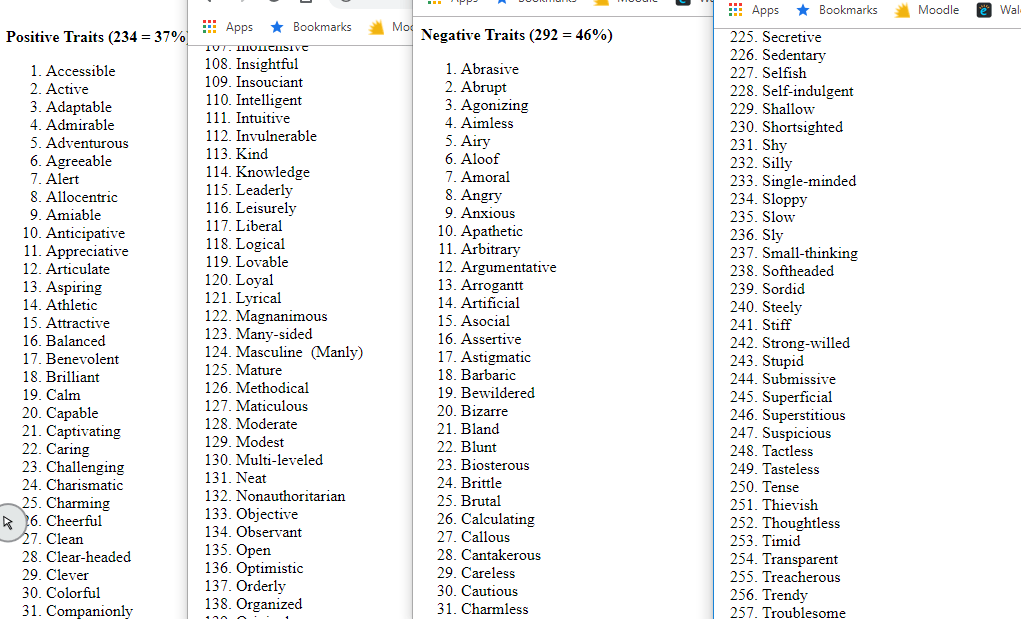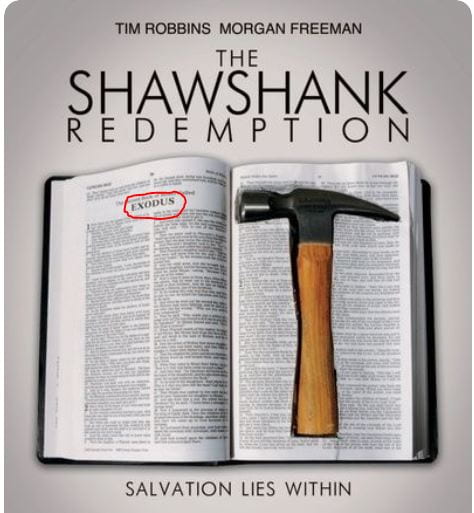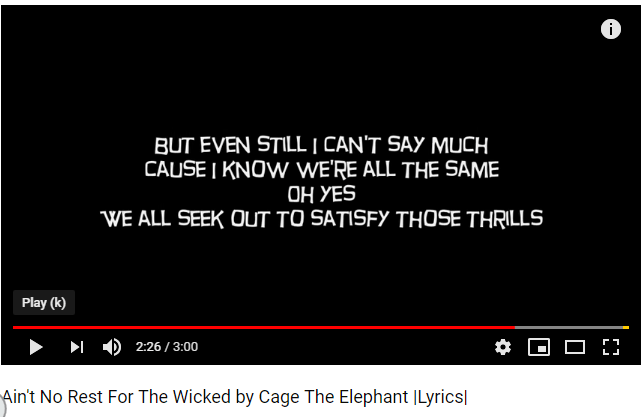ELA B30: A2 Section Human Principles: Media Resources
The human experience is more alike than not alike. That means we can read literature about character experiences that are wildly different from our own and still relate to them, even if they’re from centuries ago.
The focus of this section is on the qualities of being human, both positive and negative. There are numerous words you can look to in picking out a specific quality of being, like the list below.
Positive and Negative Traits of Humans (link to list)
Class Instruction Video: Pgs 1 – 2
Class Instruction Video: Pg 3 Intro to Text #1 “What Men Live By”
During Reading Pt 1
During Reading Pt 2
Some links for this section include:
- What Men Live By (pdf text)
-
- You can also listen to an audio recording of the story narrated. This one (video below) uses good inflection for emotion and pronunciation; if you speed it up slightly, it’s more natural to listen to and won’t take the full 58 minutes listed on the video screen. Here’s the video with the right speed setting:
Alternate Audio Recording of “What Men Live By” Read by Me (Waldner)
Pt 1 (29 minutes)Pt 2 (17 minutes)
-
- Photo Analysis Website: Photo Contest World Archive (several years to choose from) Disclaimer Note: When selecting your pictures, understand these are published photos on a public website. There are several that are shocking and some may be inappropriate for school. Do your best to filter and select appropriate images.
-
- Word Doc Template for Photo Analysis Compose/Create A2 Visual Analysis Template doc-2cpizn9
-
- Rule of Three Example: Pick one of the following Animated Stories and summarize/recount the steps of the story in the handout.
- Tale of the Deathly Hallows (Harry Potter Series)
- Savitri and Satyavan: The Legend of the Princess who Outwitted Death
- The Pardoner’s Tale (pdf colour copy)
- Understanding Types of Irony in Writing: Situational, Verbal, and Dramatic.
The following video clip from The Shawshank Redemption includes an example of Verbal Irony. See if you can recognize it from the clip and image that follows.
-
- Audio Recording Version #1 read aloud in class w student comments
- “The Pardoner’s Tale” – pt 1
- “The Pardoner’s Tale” – pt 2 read aloud in class
- Version #2 Read alone by me (Waldner) without interruption (24 minutes)
- Audio Recording Version #1 read aloud in class w student comments
- Compose/Create Option: “Ain’t No Rest for the Wicked” Song comparison
This still from the lyrics/video makes clear the focus of this section’s literature – “we’re all the same” ultimately.
Background on Chaucer (optional)
Our next text to study is written by Geoffrey Chaucer who lived from 1343 – 1400 in the Middle Ages. Consider once again the potential of a text written in a time with a completely different culture and way of living to be still studied and applied to our way of life and values over 600 years later.
This text, “The Pardoner’s Tale” is only one portion of a much larger text called The Cantebury Tales.

It includes a number of sub-section texts. The premise of the story is that a number of travellers are together and each takes a turn telling a story that relates to their life or values. This is the story of a Pardoner, a man of the church who goes around and sells “pardons from God” to believers. This was before a time when most people, peasants included, would have been educated and able to read, so their belief in the Church came only from what the religious men told of them. No one was relieved of their sins by talking to God directly through prayer – instead they would pay a price to a Pardoner and have their sins cleansed.
This is a translated version – from Old English to Modern English.

You might enjoy watching this animated version of “The Pardoner’s Tale”, but my emphatic request is that you wait until after you’ve read/studied the text to view this.


